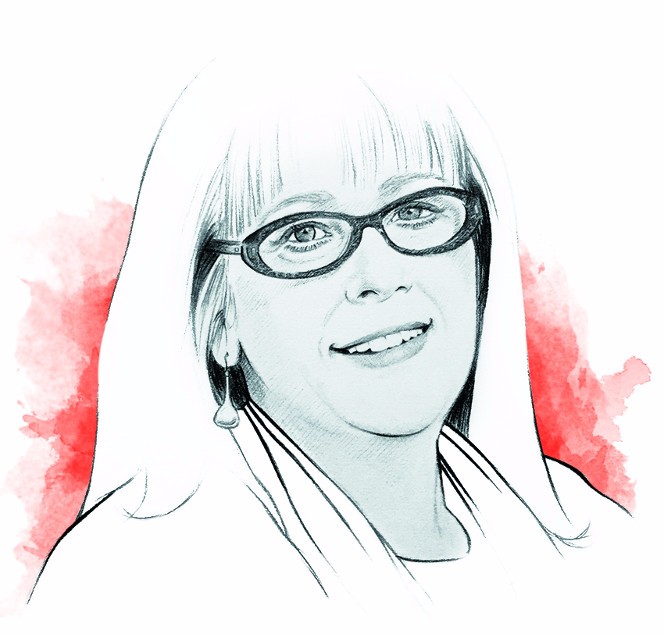Middle management is complex. Those who master the art can wield great power, writes Kate Cooper
[button type=”large” color=”black” rounded=”1″ link=”https://issuu.com/revistabibliodiversidad/docs/dialogue_q4_2017_full_book/39″ ]READ THE FULL GRAPHIC VERSION[/button]
Who or what are middle managers? In 1989, renowned business and management academic Henry Mintzberg defined middle management as taking place between “the operating core and the apex”, describing a group of people who had emerged in the 1970s. The group appeared as a result of growth in the size of organizations, increasing layers of bureaucracy, and an appreciation that a single manager’s span of control could not stretch infinitely.
Although the optimum size of this span has been a matter of debate since the 1800s, it is generally accepted that the number has risen. Former General Electric chief executive Jack Welch actively increased the number of direct reports of his managers as a countermeasure to micromanaging. Organizational psychologist Elliott Jaques’ contention in the 1980s that the correct number of reports is “however many a manager can know well” resonates with current theories of motivation and engagement.
Middle managers are most easily defined in hierarchical organizations where there are grades and progression structures, often with associated levels of benefit, that clearly label who is ‘in the middle’. In flatter, less hierarchical, smaller and growing organizations the middle is not so clear. However unusual the organizational structure, the senior individual or team is readily identifiable, as are individuals with ‘team leader’ responsibilities. But how do we define, recognize and label those in the middle? And do we need to?
Flatter organizations’ structures, project-style working and increasing regulatory requirements place additional and different demands on ‘middle’ leaders and managers. They are responsible for business as usual; prepare reports and recommendations on which senior leadership teams base strategic decisions; are subsequently delegated the responsibility to enact and operationalize the strategic decisions; simplify messages from above; and summarize communications from below. Furthermore, they are undeniably the ‘line managers’ who bear the burden of expectation of every special-interest initiative, such as learning transfer, mental health awareness, diversity, inclusivity and wellbeing. They are always recognized as the key driver for increasingly measured employee engagement. Such pressure groups invariably insist that any initiative “must start at the top”. They ignore the crucial role of the next layer of management in ensuring it happens, and overlook the power of the middle manager to sabotage, ignore, obfuscate, delay or – more benignly – only half-heartedly support such initiatives.
In spite of contributions to management thought from the study of complex systems, and challenges to our understanding of power and control from critical management theorists such as Mats Alvesson, many of us are still wedded to the idea of senior teams choosing the future direction of an organization and driven by a shared vision navigating people towards it. At the same time, we are bombarded with evidence of the volatile, unpredictable, chaotic and ambiguous nature of the environments in which organizations operate. If the future is uncertain and senior teams are struggling to make sense, never mind control, their environments, it is the middle managers who hold up the apex while ensuring the operational core continues to function.
Not only do these middle managers have so many agendas to manage, the difficulties around defining who they are and drawing parallels with similarly positioned leaders in other organizations mean access to appropriate development is problematic. Senior leaders often share certain challenges whatever the sector, and first-time line managers may all benefit from being introduced to Leadership 101 self-awareness, team dynamics, taking responsibility, communicating progress and keeping an eye of the future. Our challenge is to appreciate the power and complexity of this middle role, and consider the best ways of supporting these people as they communicate with the apex – and bear responsibility for the operating core.
– Kate Cooper is head of research, policy and standards at the Institute of Leadership & Management
[button type=”large” color=”black” rounded=”1″ link=”https://www.linkedin.com/groups/5125875″ ]JOIN THE CONVERSATION[/button]

